If you’re a beginner guitarist, there’s one chord that’s sure to make an appearance in nearly every song you learn: The guitar chord E Major.
This popular chord may seem simple at first glance, but mastering it is key to unlocking a world of possibilities on the guitar. Whether you’re strumming along to your favorite tunes, writing your own music, or performing in front of a crowd, the guitar chord E Major is an essential tool in your arsenal.
So, get ready to take your guitar playing to the next level as we dive into the theory, its associated scale, and how to play it in various ways.

What Are Major Guitar Chords
Firstly, major chord is a type of chord that is made up of three notes – the root note, the major third, and the perfect fifth.
In the key of E, the E major chord is made up of the notes E, G# and B. The E note is the root, G# is the major third and B is the perfect fifth.
When played together, these three notes create a distinct and pleasing sound that is often described as “jovial” or “happy”.
The E chord is a common chord used in a wide range of genres, including rock, pop, and country. It’s also frequently the first chords that many beginner guitarists learn.
Major vs Minor Sound
A major chord sounds bright & uplifting, while a minor chord sounds dark, sad, or melancholic.
The difference in tonality comes from the third note of the chord – a major chord has a major third, while a minor chord has a minor third.
Major chords are often used to create a sense of resolution or positivity, while minor chords are used for tension or conveying sadness or melancholy.
E Major Chord Theory
The E chord is made up of three notes as previously mentioned: E, G#, and B (E Major Triad)
Root: E is the root note of the E major chord. It gives the chord its name and serves as the foundation for the other notes.
Major third: The note G# is the major third of the E major chord. It is four half-steps or two whole-steps above the root E. The major third gives the chord its bright, happy, and uplifting quality.
Perfect fifth: The note B is the perfect fifth of the E major chord. It is seven half-steps or three and a half whole-steps above the root E. The perfect fifth provides the chord with a sense of stability and fullness.
Together, these three notes create the distinct sound of the E major chord. The chord can be played in various positions on the guitar, and its notes can be doubled or extended to create different voicings and harmonies.
E Major Scale
The EMaj scale and the E chord are related because the chord is built upon the notes of the scale. The E major scale consists of seven notes – E, F#, G#, A, B, C#, and D# – and when these notes are played in sequence, they create a specific sound or tonality associated with the E major key.
The E chord, on the other hand, is made up of three notes – E, G#, and B – and these notes are taken directly from the E major scale.
In fact, the E major chord is constructed using the first, third, and fifth notes of the E major scale. This is true for any major chord – it is built upon the root note of the scale and includes the third and fifth notes of that scale.
Therefore, by learning and practicing the E major scale, you can better understand and play the E major chord, and vice versa.
Related: B7 Chord On Guitar: Easy Ways To Play!
E Maj Scale – 2 Octaves
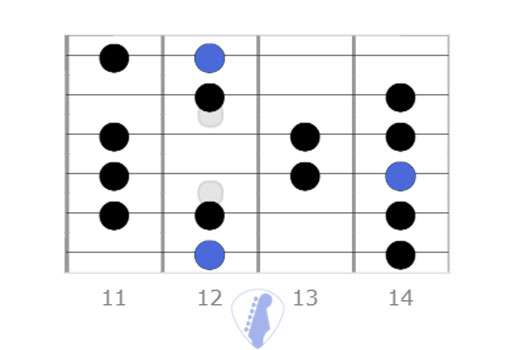
How To Play The E Major Chord Shapes
If you want to learn more on how to read chord charts, click here.
Ex1
Place your first finger (index) on the first fret of the third string
Reach over with your second finger (middle) to press the second fret of the fifth string
Next, place your third finger (ring) above your middle finger on the same fret but on the fourth string.
Finally, strum all six strings
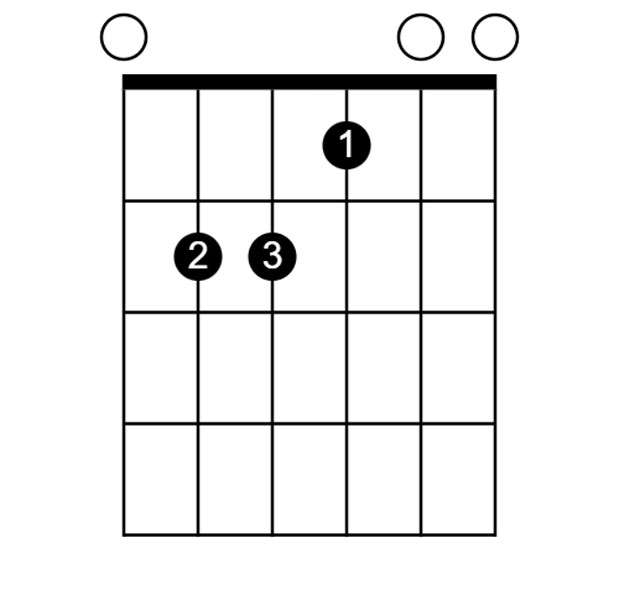
Ex2
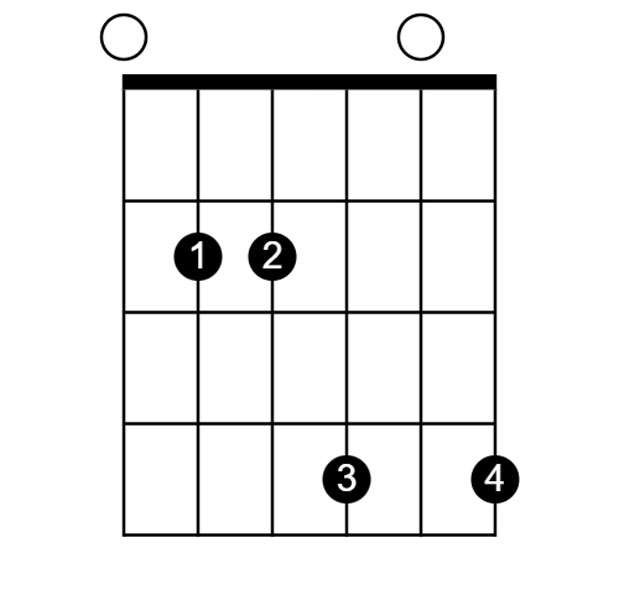
Ex3
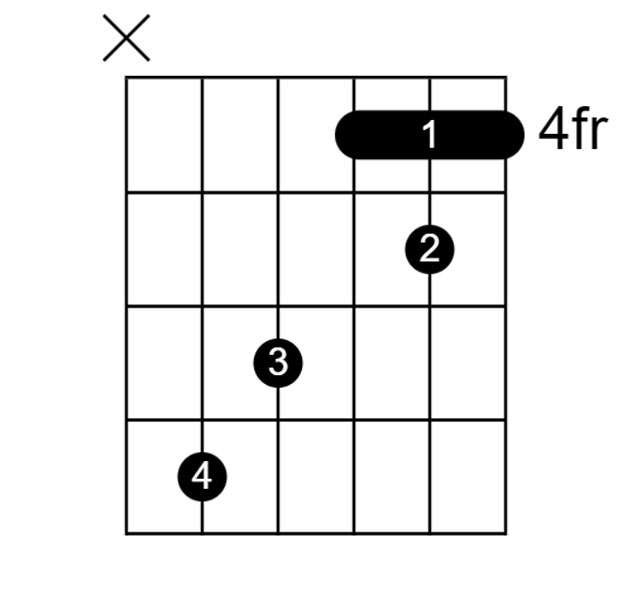
Ex4
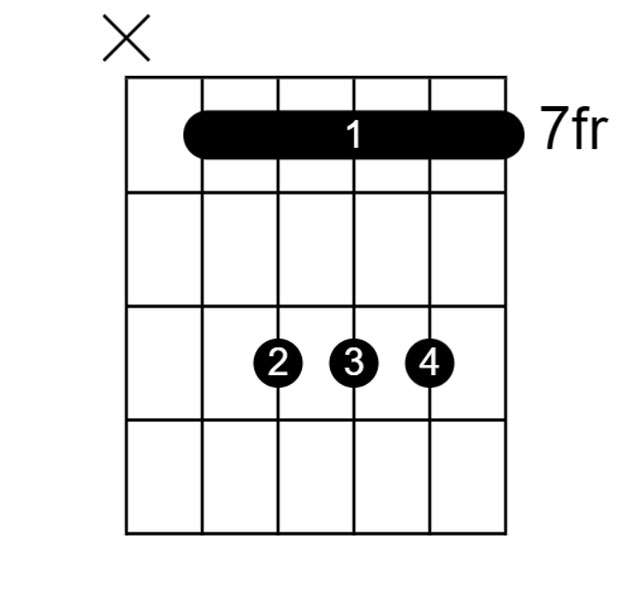
Other Major Guitar Chords To Explore
What Does It Mean To Play In The Key of E
Playing in the key of E means that the music is centered around the note E, so the harmonies and melodies used in the music are based on the E major scale.
For example, if a song is said to be in the key of E, it will likely start and end on the E chord, and the other chords used in the song will be selected from the E major scale to create a harmonious and tonally consistent progression.
Playing in a particular key allows musicians to create a sense of tonal center and to build musical structures around that center.
Related: The CAGED System
